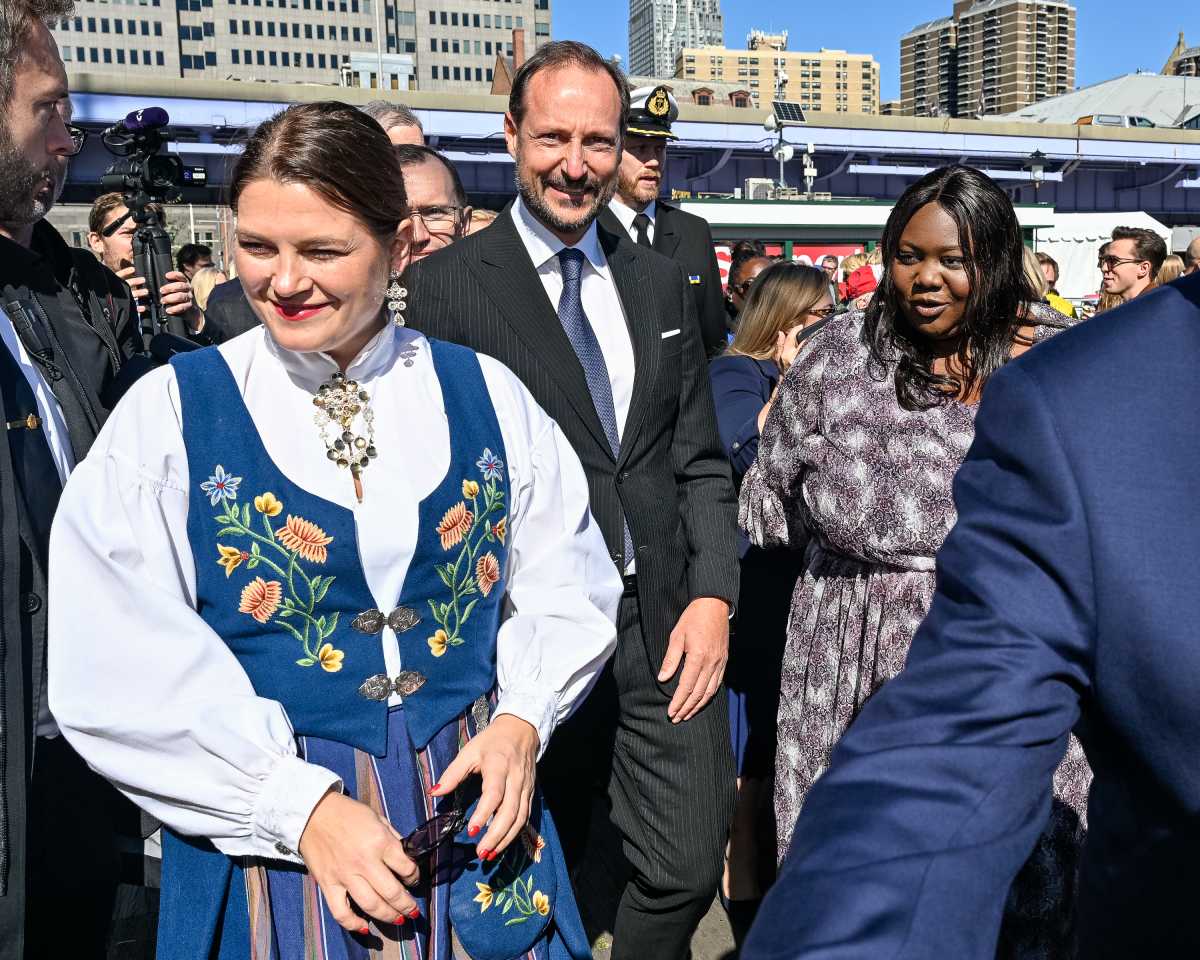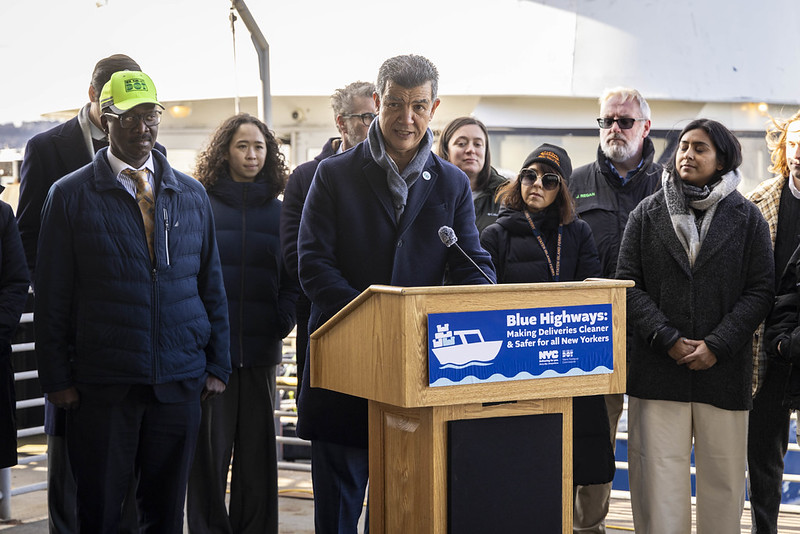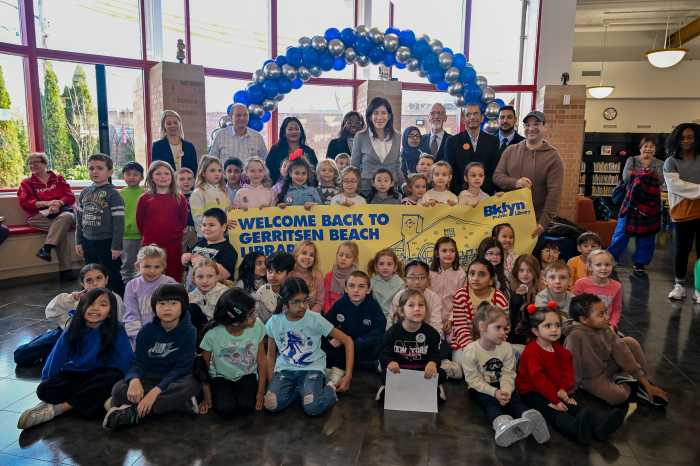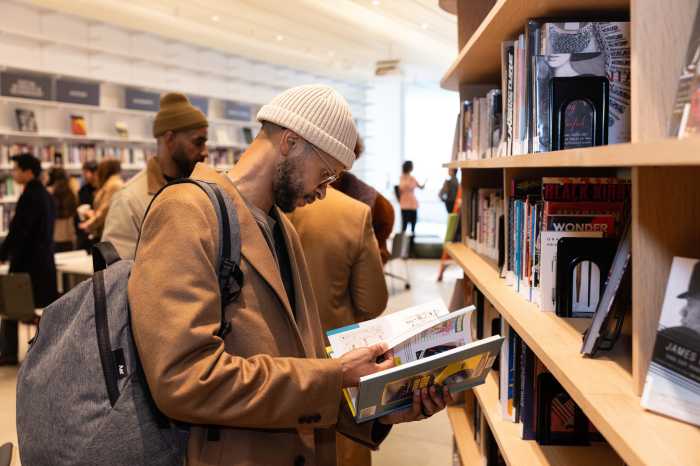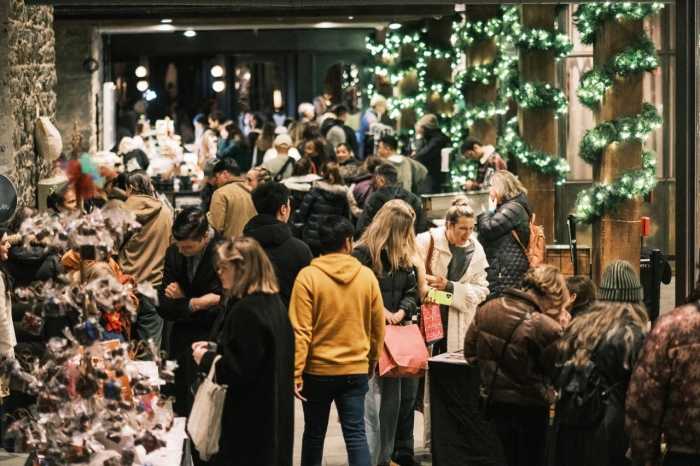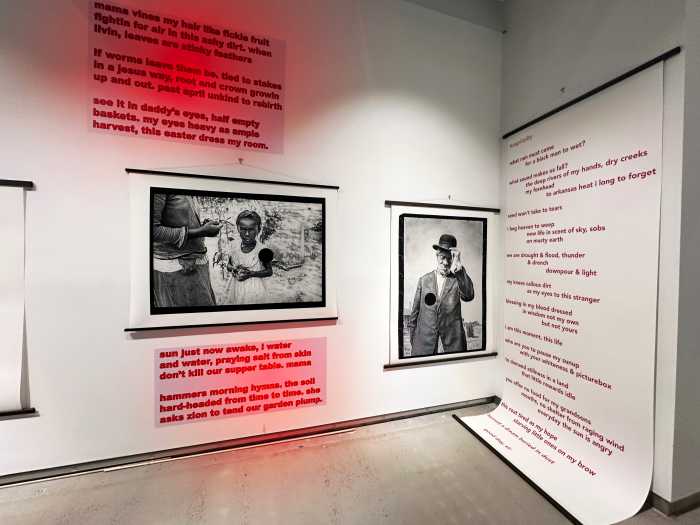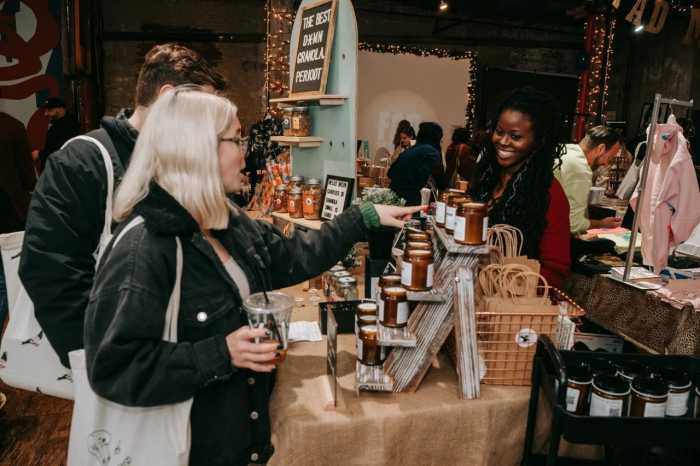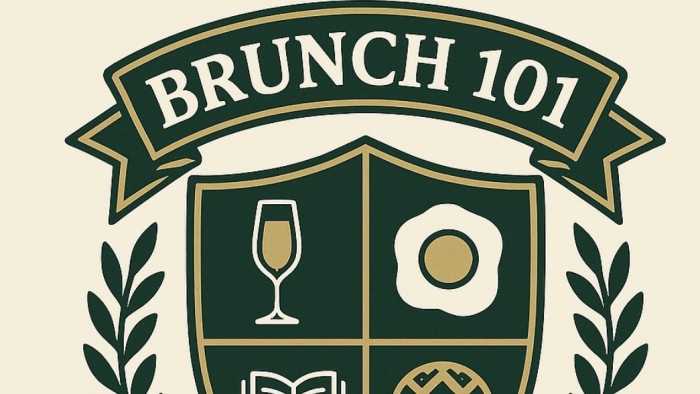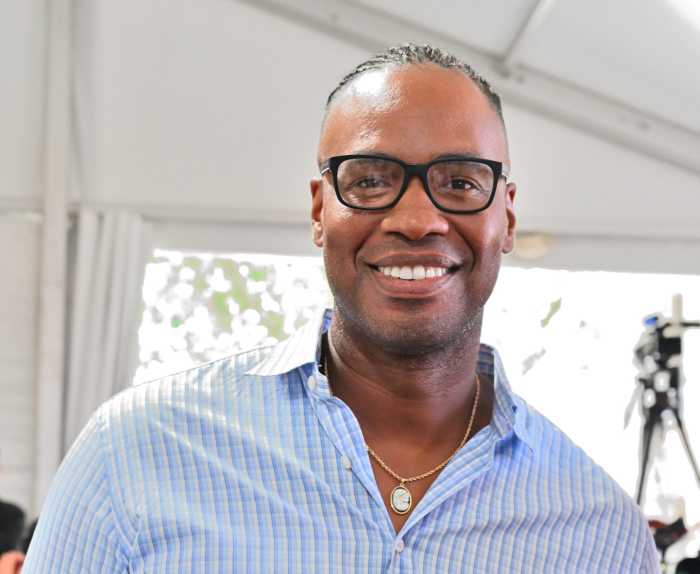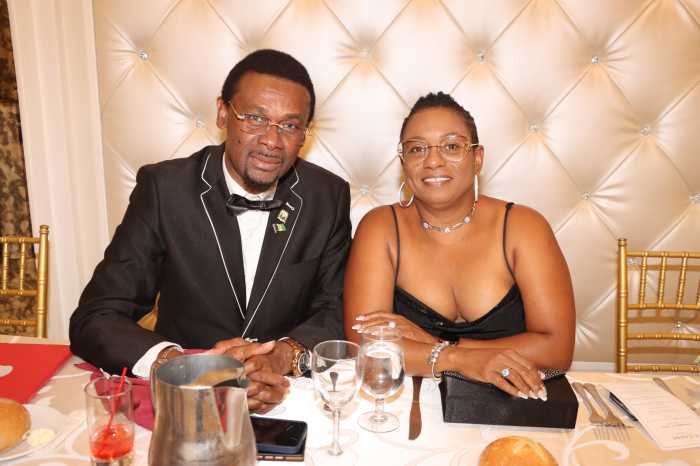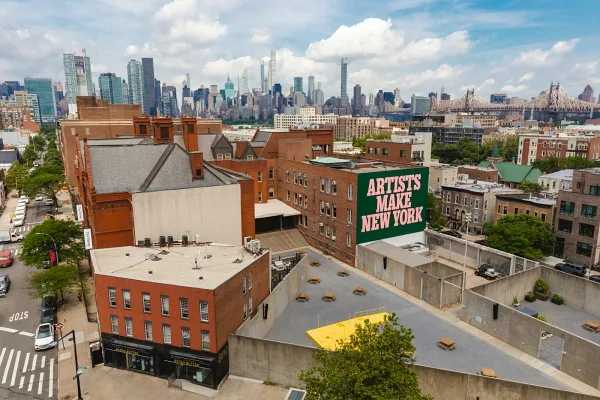On July 4, 1825, 52 Norwegians, many of them Quakers seeking religious freedom, boarded a ship named Restauration in Stavanger, Norway. They arrived in New York City on Oct. 9, 1825, laying the foundation for the 800,000 Norwegians who would immigrate to the United States over the next 200 years.
On Thursday, exactly two centuries later, H.R.H. Crown Prince Haakon of Norway and hundreds of Norwegian Americans — some wearing bunad, the traditional Norwegian costume — gathered at Pier 16 by the South Street Seaport Museum in lower Manhattan to witness the arrival of a replica of the Restauration.
The ship completed a three-month voyage retracing the original route from Norway to England, across Madeira and the British Virgin Islands, before reaching its final destination in New York City — a journey linking past and present.
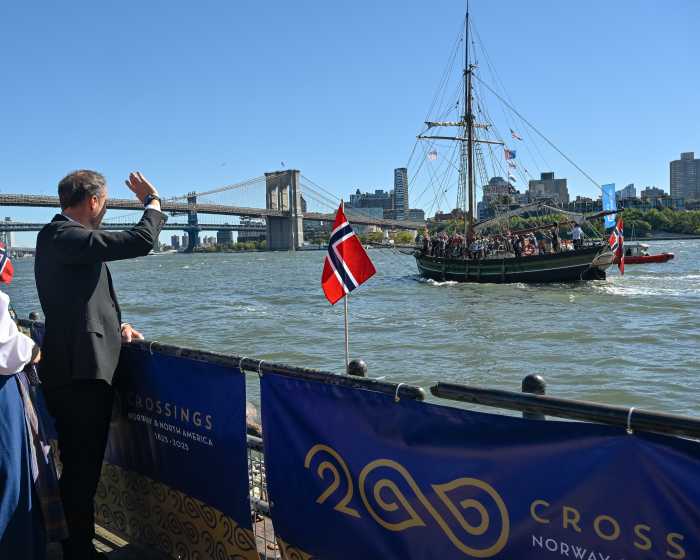
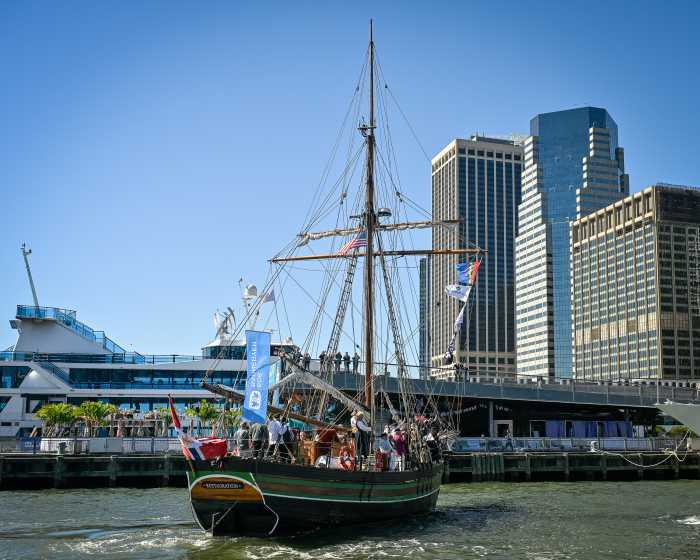
The visit to New York City marked the last leg of Crown Prince Haakon’s four-day trip to the United States, commemorating the 200th anniversary of the first organized Norwegian emigration to America.
The prince, who visited Iowa on Monday and Minnesota on Tuesday and Wednesday — where he met with Minnesota Gov. Tim Walz — told the crowd that the journey begun 200 years ago told stories of hope, disappointment, success and challenge.
“But above all, they bear witness to the generations of Norwegians who were inspired to seek a new life of freedom and possibility,” Prince Haakon said, noting the vast contributions Norwegian Americans have made to the United States. “They brought with them values that still hold today: hard work, humility and a strong sense of fellowship.”
Beyond celebrating the deep cultural and historical ties between the U.S. and Norway, the trip also promoted cooperation in business, education and culture.
Prince Haakon told Brooklyn Paper that the United States remains an important ally and that the millions of Americans with Norwegian heritage provide a strong foundation for the relationship between the two countries. Fun fact: At one point, New York City’s Norwegian community was the third-largest Norwegian-speaking population in the world, after Oslo and Bergen.
“There are many things that we cooperate on,” he said. “There are many American companies in Norway that are doing very good work there. And there are many Norwegian companies working together with American companies here. There are many links. “
New York City Commissioner for International Affairs Aissata Camara, who joined the festivities alongside Norway’s Foreign Minister Espen Barth Eide and Minister of Trade and Industry Cecilie Myrseth at Pier 16, said that with the arrival of the Restauration, Norwegian immigrants became part of America’s — and New York City’s — story, built by dreamers from every corner of the globe.
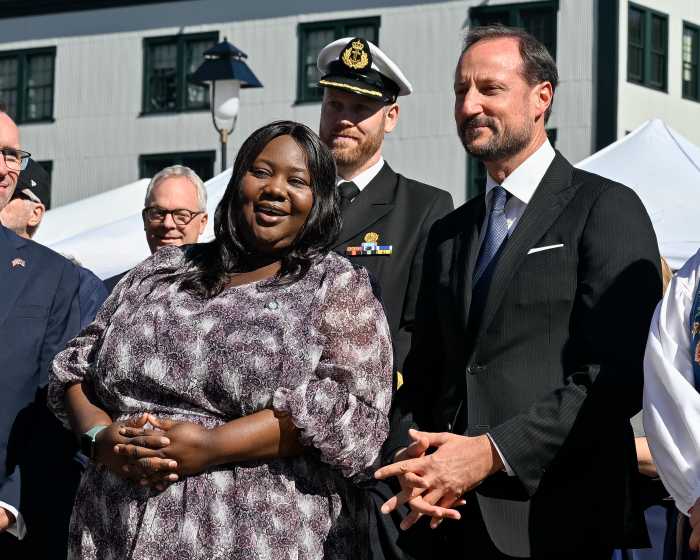
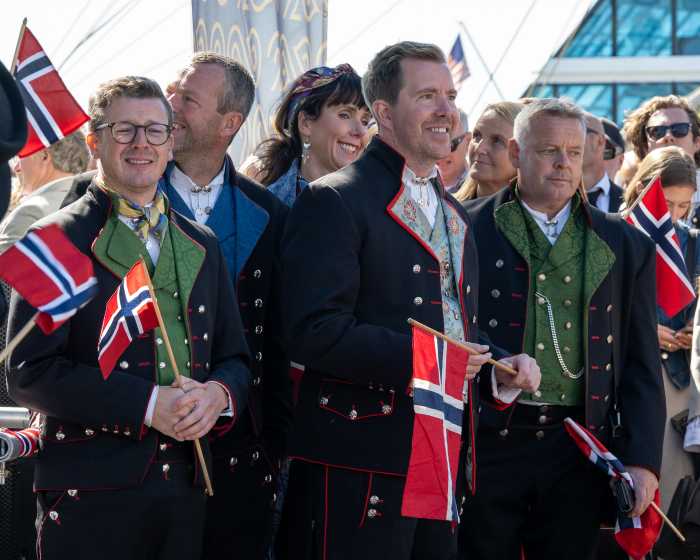
“New York City was and remains the gateway to new beginnings,” Camara said. “Every generation of immigrants — from Norway, from Africa, from Asia, from Latin America — has built this city with their hands, with their hearts and their belief in what is possible. Our diversity is not a challenge; it is our greatest strength.”
After the Norwegian cultural celebration in downtown Manhattan, which included traditional Norwegian food, literature, music and historical exhibitions, the prince and his entourage boarded a ferry to Brooklyn for a meet-and-greet with the coaches and players of the Gjøa soccer club at the Red Hook soccer fields.
At the IKEA ferry terminal in Red Hook, a delegation from the NYPD Vikings Association, led by Inspector Jason Hagestad, the association’s president, welcomed the prince to Brooklyn and accompanied him to the soccer fields before presenting him with a Vikings Association T-shirt.
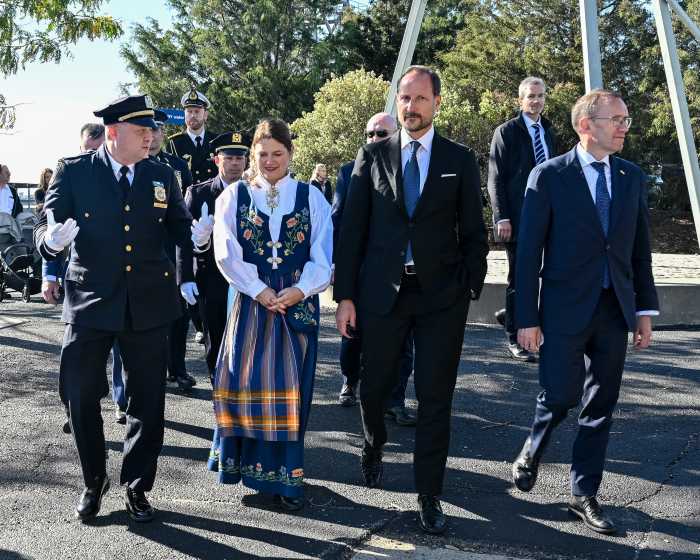
Founded by Norwegian immigrants in 1911, Gjøa is the oldest continuously operating soccer club in the United States. Its young players were pleasantly surprised by how down-to-earth and approachable the prince was — including 10-year-old teammates Nils and Alex, who chatted with the majesty.
Nils, who speaks Swedish, said he enjoyed talking with someone who speaks a similar language.
“He was really nice. He gave off some really nice vibes,” Nils said. “I was happy he even took time to talk with any other players, because he could have just been like, ‘No, I’m not gonna come to New York and I’m not gonna talk with these players.’”
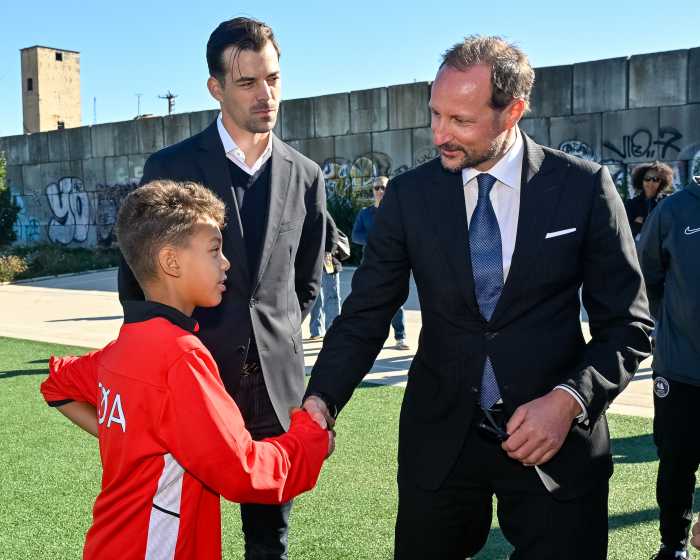
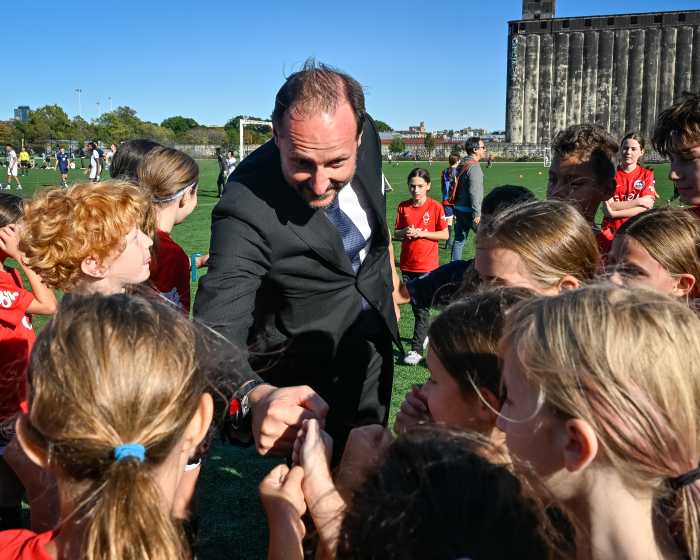
Alex added, “The prince was really cool, [and] it was really cool meeting him.”
Soccer mom Rachel told Brooklyn Paper she appreciated how generous the prince was with his time and that the kids were “insanely excited” to meet him.
“[The kids] asked if they were famous now because they met royalty, and he’s just so lovely and human and talkative with the kids — it’s been really nice,” Rachel said.
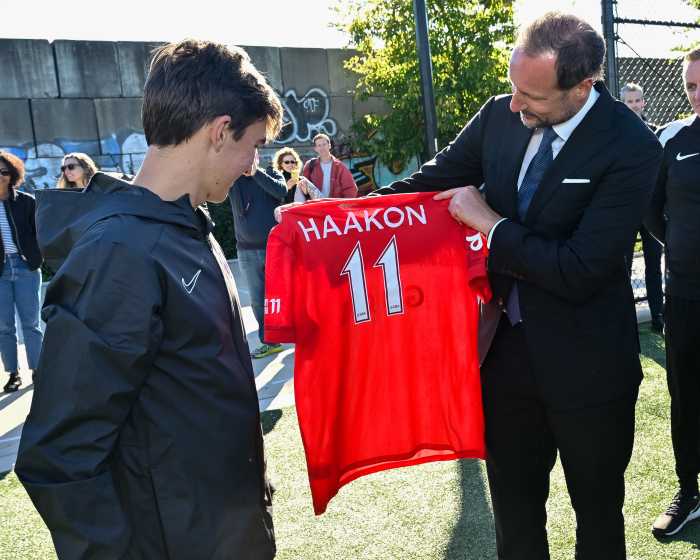
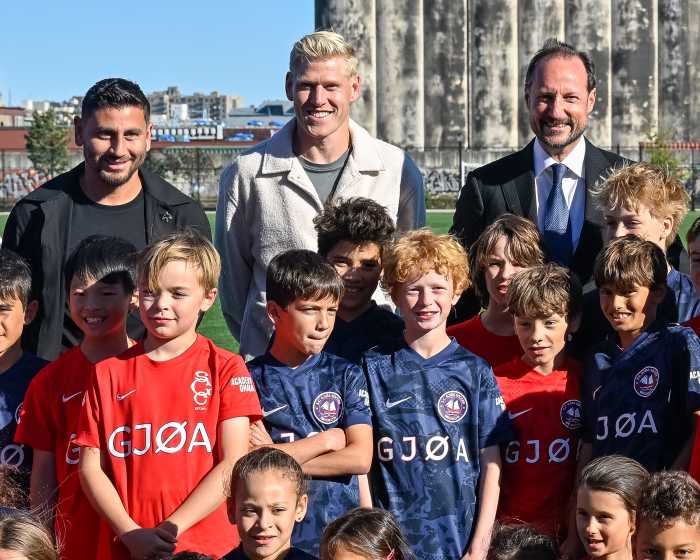
Anne Kari, who has visited Norway and even toured the Royal Palace in Oslo, told Brooklyn Paper it was a special experience.
“It was great, because I never met the king of Norway,” she said.
Her mom, Diana, said many generations of their Norwegian family had emigrated to the United States, and meeting the prince was very “meaningful.” Diana’s grandparents met Prince Haakon’s grandfather, King Olav V, while she herself had organized an event for King Harald and Queen Sonja and once saw the prince in Lillehammer, Norway.
“I think, even in the diaspora here in the U.S., it’s three generations — we keep these ties, and we just love the royal family so much. We’re proud of them,” Diana said.


